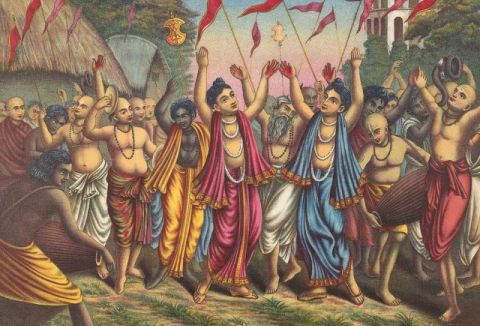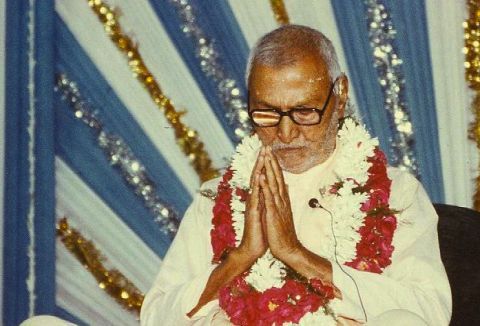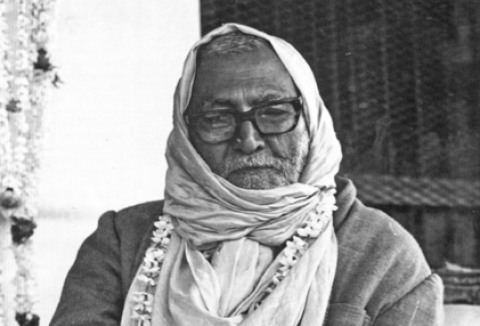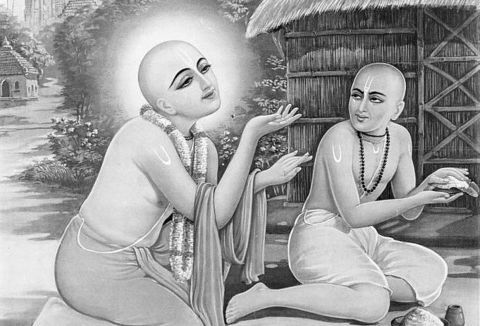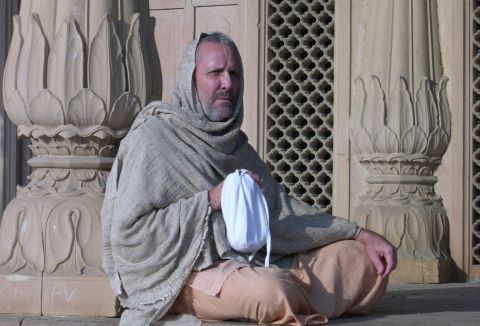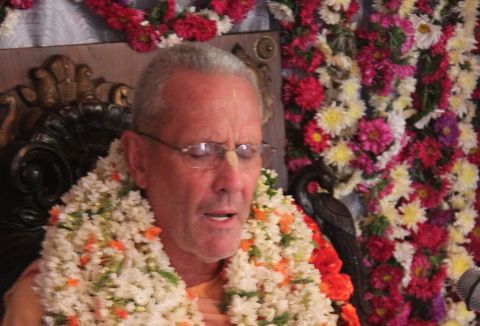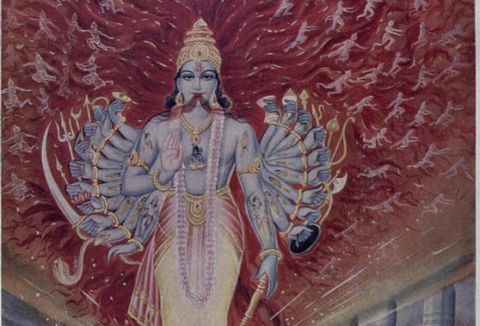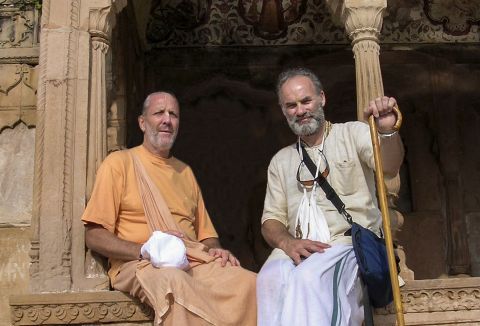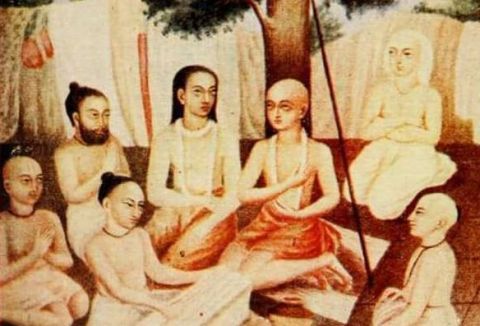Unwavering Determination
Some devotees think that the strict discipline of the orthodox Vaishnava tradition is not meant for this modern permissive society — surely times have changed and we need to embrace a more liberal attitude. But it is just this desire for liberality, permissiveness which has run amok with the rampant expansion of Kali-yuga

